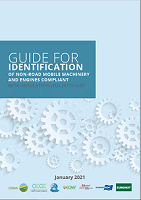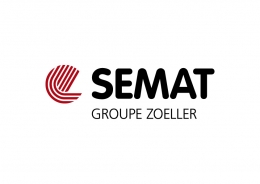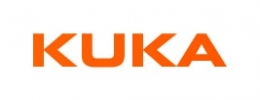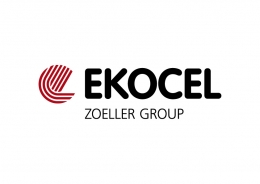

June 2019
IFR's Outlook on Robot Sales 2019
The preliminary statistics of the World Robotics Report shows that a new record high of 384,000 units were shipped globally in 2018 – an increase of one percent compared to the previous year. This means that the annual sales volume of industrial robots increased for the sixth time in a row (2013-2018) – but only just.
The US and Europe showed strong sales growth. China continues to dominate robot sales, accounting for 35% of all industrial robots sold in 2018. Globally, sales increased by 1% in 2018 over the previous year, considerably lower than expected. The main reasons for this were declining sales to the automotive and electronics industries which accounted for 60% of global sales of industrial robots in 2018. Both these sectors are under pressure. Car sales in China - the largest market - declined, in part due to uncertainty over the development of the electric car market. The consumer electronics sector is also under pressure – demand for smartphones has flattened, for example, for the first time in many years. As a result, manufacturers in these sectors are likely holding off new capital investments such as robots, resulting in a 6% decrease in robot sales to the automotive sector and an 8% decrease in sales to the electrical and electronics sectors in 2018 over the previous year.
Strong growth in the US and Europe
Despite challenges in the automotive and electronics sectors, 2018 saw strong growth in industrial robot sales in the US and Europe. Sales in Europe grew by 7% year-on-year. Sales of industrial robots in Germany, the fifth largest robot market, grew by 30% over 2017. In contrast to other countries, robot sales to the automotive industry in Germany more than doubled in 2018.
2018 sales in the US grew by 15% - almost double the average annual increase of 8% between 2012 and 2017. The slowdown in robot adoption in the automotive manufacturing industry in the US was somewhat offset by a 9% increase in robot sales to automotive parts manufacturers. Over twice as many robots (9,939) were sold in the US to automotive part manufacturers than to manufacturers of motor vehicles.
China continued to dominate robot sales. Over 133,000 robots were sold in China in 2018 – more than the next three largest markets (Japan, US and Korea) combined. Robot sales in China were 4% lower than in 2017. This is in part due to a decline in sales to the automotive and electronics sectors in China.
Diversification of industry adoption driven by new robot capabilities
Although automotive and electronics sectors accounted for 60% of global sales, 2018 sales showed diversification in robot adoption into sectors which have, to date, been slow to automate. Sales to the food and beverage sector grew by 24% globally, and by 64% in the US. Sales of robots to the pharmaceutical and cosmetics sectors grew in the US by nearly 60%. These strong growth rates reflect technical developments in robotics, in particular in grippers, vision technologies and ease-of-programming and re-tasking, which make robot adoption increasingly economically viable in these sectors.
China saw strong growth in adoption in the metals and machinery, and plastics and chemicals sectors. Much of this demand was serviced by Chinese robot manufacturers, which have set ambitious targets for fulfilling domestic demand for robots.
Positive outlook continues
Like any other capital investment, robot sales will continue to be affected by global economic and geo-political trends. For example, uncertainty over US trade policy with respect to the North American Free Trade Agreement might have contributed to declining robot sales in Canada and Mexico in 2018. Over 50% of robot sales in the Americas region are to automotive manufacturers, which were subject to uncertainty over tariffs during NAFTA negotiations in 2018.
However, the IFR predicts a continued positive outlook for robot adoption globally. China, the leading market for robots, has an extremely diverse manufacturing sector which protects it to some extent from geo-political shifts. Though China is the world’s largest automobile market, automotive manufacturing only accounts for 7.5% of China’s manufacturing sales. There are over 100 manufacturing sectors in China, many of which have only just begun to automate.
Robots are increasingly versatile and applicable to new manufacturing sectors. They also have the capability to perform new tasks in sectors that have already automated primary production, such as automotive manufacturing. For example, collaborative industrial robots are enabling automotive manufacturers to support workers in completing final assembly tasks. Collaborative robots work alongside workers, taking on the heavy lifting and tedious tasks that often lead to muscle strain and chronic back complaints for their human colleagues.
More comprehensive 2018 sales figures, and updated guidance for 2019 – 2022, will be available in the annual study "World Robotics" by the IFR, published in October 2019.
Industrious Brussels EU District, Avenue des Arts 6-9, 1210 Brussels, Belgium, +32 490 57 57 65
Transparency Register number: 0289344948-82














































































































